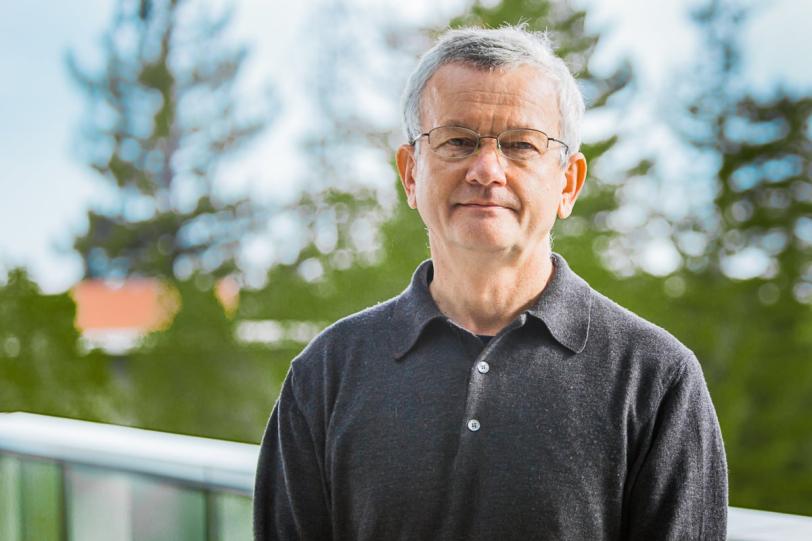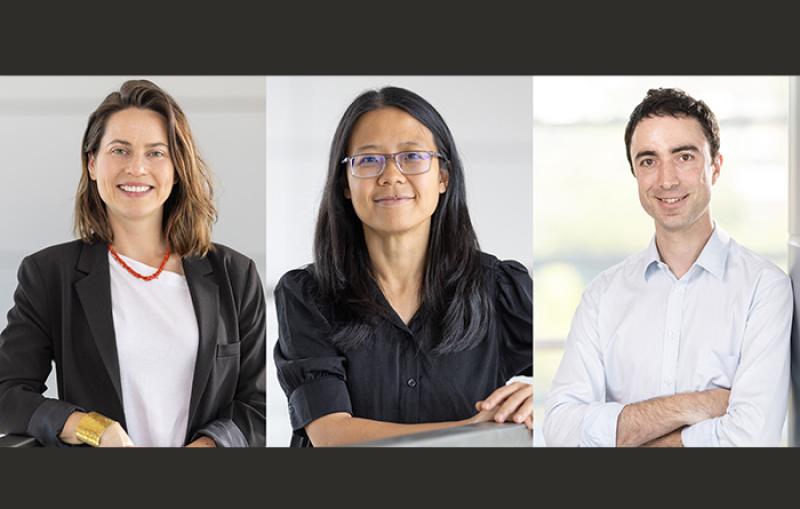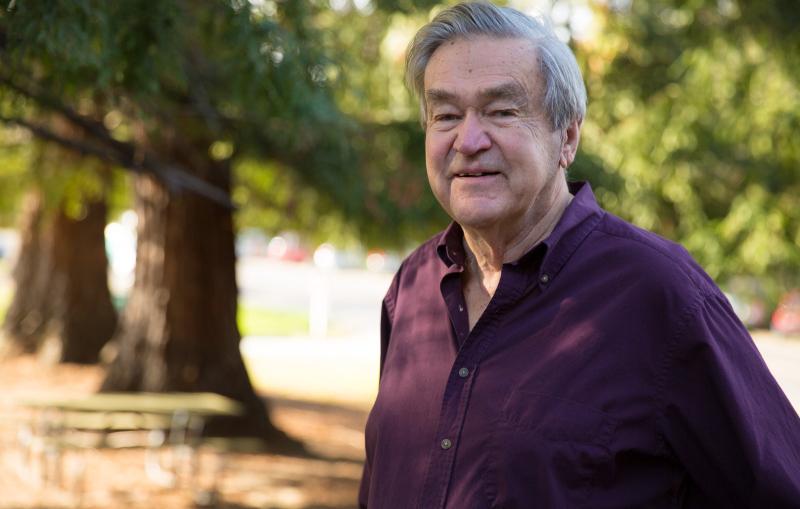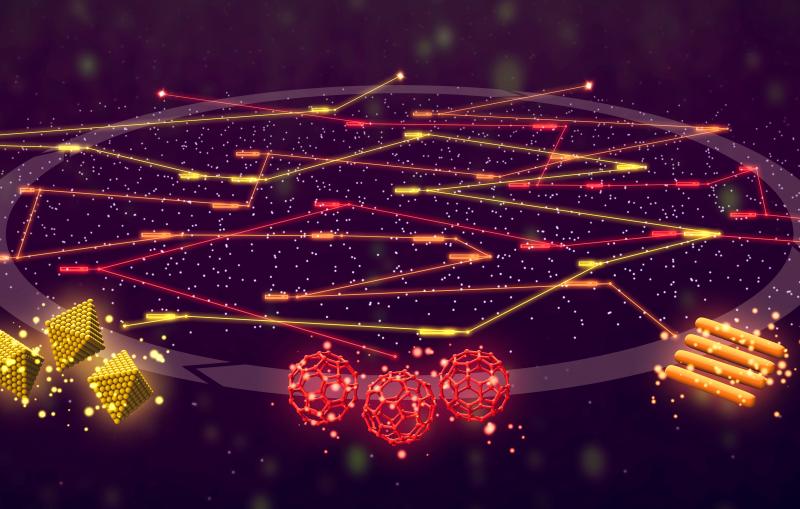Communication is Key, Says Theorist Gennady Stupakov
One common stereotype of a theoretical physicist is the solitary scientist, scribbling away in his or her office and only emerging when there’s a "Eureka!" in the offing. SLAC accelerator physicist Gennady Stupakov would beg to differ.
By Lori Ann White
Collaboration is a cornerstone of science. As a noun, it refers to teams of scientists that sometimes number in the thousands – think of the ATLAS and CMS collaborations, each more than 3,000 researchers strong, which tracked down the Higgs boson at the Large Hadron Collider in Europe.
Collaboration is also a verb, an action word, and that’s how SLAC accelerator physicist Gennady Stupakov likes to use it. He’s a theorist, but he waves off the stereotype of solitary scientist scribbling calculations on a whiteboard in the dead of night.
"We theorists should have close ties to the people who build the machines, to find out if they have problems they need help solving,” he said. "We are a part of a community here, and if we want the community to succeed we need to communicate with each other and understand each other."
Giving Back to the Community
Stupakov is such a dedicated member of the community he's been recognized by the American Physical Society as one of 2014's Outstanding Referees – volunteers who peer-review papers submitted to APS scientific journals by other researchers, an important part of the process of creating and disseminating scientific knowledge. He joins previous SLAC honorees Michael Peskin, Helen Quinn and Thomas Rizzo in 2009 and Lance Dixon and Stanley Brodsky in 2008.
"I started reviewing papers back in Russia when I was the equivalent of a graduate student," he said, "So I've been doing it all my life as a physicist."
Reviewing papers has changed over the years, Stupakov said. "A lot of papers have computer simulations now, and you can't reproduce that," he said. "With math – they usually do the math right. But if you have many years' experience you can see when something looks strange – models or initial assumptions that might be missing something important." The process of review takes effort, he said, but he considers it worth it. "I'm really concerned about issues of correctness and readability. Interaction and communication” – both through journals and on a face-to-face basis – "is very important."
Tim Maxwell, Stupakov's colleague in the Accelerator Directorate at SLAC, says he takes advantage of face-to-face opportunities to talk with Stupakov whenever he can. "It's probably one of the best things that can happen to you to get him as one of your reviewers," Maxwell said. "He can contribute some beautiful theoretical insights, and he's also very meticulous. Gennady is the person you want to bounce ideas off of."
Making Contributions to Accelerator Science
As for his own research, Stupakov said he's interested in the mechanisms contributing to electron beam instability and adapting free-electron lasers (FELs) for use in the semiconductor industry.
"FELs are a strong part of my interest," he said; soon after joining SLAC in 1994 he started investigating the effects of the undulator vacuum chamber, where the X-ray laser beam powering the Linac Coherent Light Source is generated, on the electrons that generate the X-rays. "That’s how I got involved in the LCLS project," he said.
Even when his is the only name on a research paper, Stupakov is quick to acknowledge help. For example, while his is the only name on one of his more interesting papers – from the point of view of his colleagues at the lab, anyway – he is quick to acknowledge help from frequent collaborator Max Zolotorev of Lawrence Berkeley National Laboratory and from a SLAC colleague, experimentalist Dao Xiang. "Using the Beam-Echo Effect for Generation of Short-wavelength Radiation," published in 2009 in Physical Review Letters, provided the theoretical underpinnings for the echo-enabled harmonic generation (EEHG) experiments that have been taking place with considerable success at the Next Linear Collider Test Accelerator since the paper came out. EEHG is a technique that could be used to create higher-quality X-ray laser beams for a future X-ray free electron laser. Xiang has been instrumental in leading the research effort, Stupakov said.
Stupakov has moved on to other interesting problems – preferably ones he can work on with other physicists.
"Almost all of my most interesting papers are written in collaboration with colleagues," said Stupakov. "I like to work with people."
SLAC is a multi-program laboratory exploring frontier questions in photon science, astrophysics, particle physics and accelerator research. Located in Menlo Park, California, SLAC is operated by Stanford University for the U.S. Department of Energy Office of Science.
DOE's Office of Science is the single largest supporter of basic research in the physical sciences in the United States, and is working to address some of the most pressing challenges of our time. For more information, please visit science.energy.gov.






